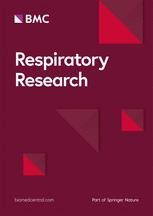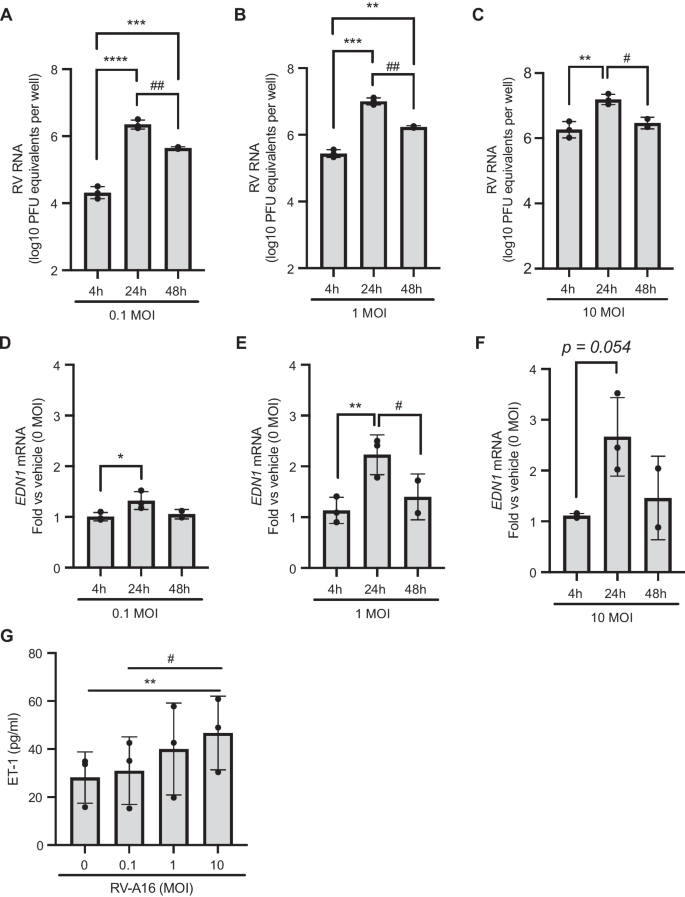Research – Open Access

Alane Blythe C. Dy, Jason Girkin, Antonella Marrocco, Adam Collison, Chimwemwe Mwase, Michael J. O’Sullivan, Thien-Khoi N. Phung, Joerg Mattes, Cynthia Koziol-White, James E. Gern, Yury A. Bochkov, Nathan W. Bartlett & Jin-Ah Park
Respiratory Research volume 24, Article number: 205 (2023)
Abstract
Background
Rhinovirus (RV) infection of airway epithelial cells triggers asthma exacerbations, during which airway smooth muscle (ASM) excessively contracts. Due to ASM contraction, airway epithelial cells become mechanically compressed. We previously reported that compressed human bronchial epithelial (HBE) cells are a source of endothelin-1 (ET-1) that causes ASM contraction. Here, we hypothesized that epithelial sensing of RV by TLR3 and epithelial compression induce ET-1 secretion through a TGF-β receptor (TGFβR)-dependent mechanism.
Methods
To test this, we used primary HBE cells well-differentiated in air–liquid interface culture and two mouse models (ovalbumin and house dust mite) of allergic airway disease (AAD). HBE cells were infected with RV-A16, treated with a TLR3 agonist (poly(I:C)), or exposed to compression. Thereafter, EDN1 (ET-1 protein-encoding gene) mRNA expression and secreted ET-1 protein were measured. We examined the role of TGFβR in ET-1 secretion using either a pharmacologic inhibitor of TGFβR or recombinant TGF-β1 protein. In the AAD mouse models, allergen-sensitized and allergen-challenged mice were subsequently infected with RV. We then measured ET-1 in bronchoalveolar lavage fluid (BALF) and airway hyperresponsiveness (AHR) following methacholine challenge.
Results

Our data reveal that RV infection induced EDN1 expression and ET-1 secretion in HBE cells, potentially mediated by TLR3. TGFβR activation was partially required for ET-1 secretion, which was induced by RV, poly(I:C), or compression. TGFβR activation alone was sufficient to increase ET-1 secretion. In AAD mouse models, RV induced ET-1 secretion in BALF, which positively correlated with AHR.
Conclusions
Our data provide evidence that RV infection increased epithelial-cell ET-1 secretion through a TGFβR-dependent mechanism, which contributes to bronchoconstriction during RV-induced asthma exacerbations.
